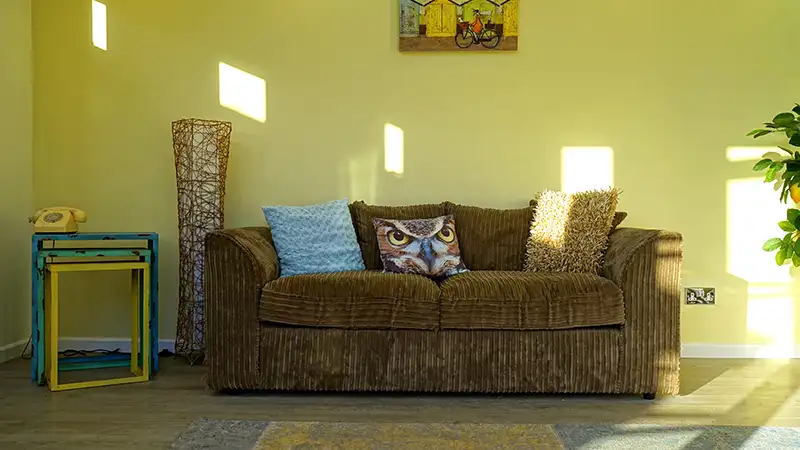When it’s time to give your home a fresh coat of paint, the first question many homeowners ask is: “What is the cost of house painting?” While painting your house can be a smart investment that improves curb appeal and protects your property, the overall price can vary significantly. Understanding the key factors that influence house painting costs will help you plan your budget and avoid surprises. Here’s a breakdown of what goes into pricing a painting project, whether you’re painting the interior, exterior, or both.
1. Size of the Home
One of the most obvious factors is the size of your home. Larger homes require more paint, more labor, and more time to complete, which all add to the overall cost. Painting a small one-bedroom house will naturally be much less expensive than repainting a two-story home with multiple rooms and detailed exterior surfaces. Painting contractors typically estimate costs based on square footage, so having an accurate measurement will help provide a realistic quote.
2. Interior vs. Exterior Painting
Interior and exterior painting projects come with different requirements and pricing structures. Exterior painting often costs more because of the additional labor and equipment needed—such as ladders, scaffolding, and weather-resistant paint. Exterior surfaces may also need extra prep work due to exposure to the elements, such as power washing, scraping old paint, or repairing wood rot.
Interior painting, while often quicker, may involve more detail work, especially around trim, windows, and ceilings. Prep work such as moving furniture or protecting floors and fixtures is also factored into the price.
3. Condition of Surfaces
The condition of the walls or exterior surfaces plays a big role in cost. Surfaces that are cracked, peeling, or damaged will need additional prep time, which increases labor costs. This might include sanding, patching holes, priming stained areas, or replacing damaged siding or drywall. Homes in poor condition can sometimes double the amount of preparation time compared to a well-maintained surface.
4. Type and Quality of Paint
Not all paint is created equal, and higher-quality paint comes with a higher price tag. However, investing in premium paint often means better coverage, richer color, and longer durability—which can save money in the long run by extending the life of the paint job. You may also need multiple types of paint: different finishes for walls, ceilings, trim, and exteriors.
Specialty paints, like mildew-resistant formulas for bathrooms or UV-resistant paints for sunny climates, also affect the overall cost.
5. Number of Coats Required
The number of coats required to achieve a smooth, even finish will also influence cost. Darker or bolder colors often need multiple coats for full coverage, especially if painting over a lighter shade. Using primer beforehand may help reduce the number of coats needed, but it still adds time and materials to the project.
6. Details and Complexity
Homes with architectural details—such as crown molding, vaulted ceilings, intricate trim, or textured walls—will cost more to paint than homes with flat, straightforward surfaces. These features require more time and precision, adding to labor costs.
For exterior painting, complexity might include painting shutters, doors, eaves, railings, or multiple color schemes.
7. Labor Costs and Location
Labor costs vary depending on your region. In general, urban areas with a higher cost of living may have higher labor rates, while rural areas tend to be more affordable. The experience and reputation of the painting contractor can also impact cost—seasoned professionals may charge more, but they often deliver better, longer-lasting results.
8. Accessibility
If certain areas of your home are hard to reach—such as second-story exteriors, steep roofs, or tall stairwells—it may require special equipment or added safety precautions, which can raise the price. Contractors need to account for these logistical challenges in their quotes.
Final Thoughts
When estimating the cost of a house painting project, it’s important to consider more than just the square footage. Everything from the type of paint to the condition of your home affects the final cost of house painting. Getting multiple quotes from reputable painters and asking what’s included in the estimate will ensure you’re making a well-informed decision. Investing in quality painting not only enhances the beauty of your home but also protects its value for years to come.

